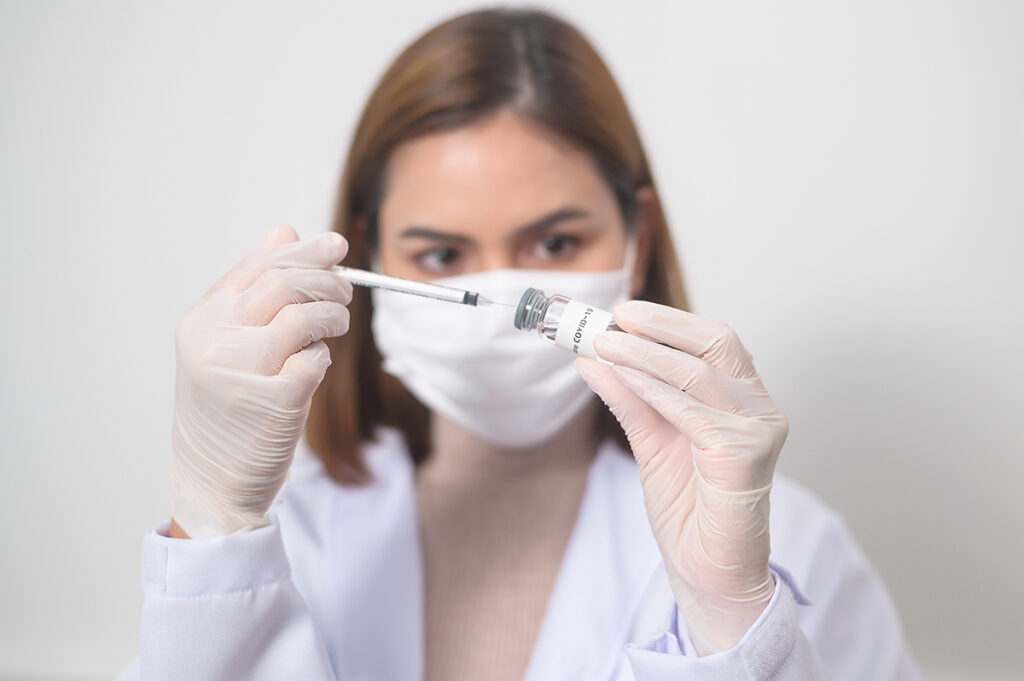Helicobacter pylori (H. pylori) is a bacterium that colonizes the gastric mucosa, potentially leading to various severe conditions ranging from gastritis and ulcers to stomach cancer. Eradicating H. pylori can significantly reduce the risk of developing cancer, particularly among those with a family history of the disease.
The activity of H. pylori in the body can vary depending on the season, with more disease exacerbations observed during winter and spring compared to summer. This seasonal variation may be attributed to various factors, including changes in the immune system, dietary habits, and the influence of ultraviolet radiation, which, in turn, affects vitamin D synthesis.
Treating H. pylori infection is challenging, as the first course of antibiotics may not always be practical. The success of H. pylori infection treatment may depend on the vitamin D level in the blood. Interestingly, both the activity of H. pylori and vitamin D levels fluctuate throughout the year. Israeli scientists have investigated the relationship between vitamin D levels and H. pylori infection and the correlation between vitamin D levels, supplementation, and the eradication of H. pylori.
Study Design
Israeli scientists investigated the relationship between vitamin D levels and H. pylori infection and the association between vitamin D levels, supplementation, and H. pylori eradication. They analyzed data from nearly 150,500 patients who underwent H. pylori testing using the urea breath test or stool antigen test. In Israel, these tests are conducted after antibiotic treatment to determine the success of H. pylori eradication.
Approximately 50% of patients tested positive for H. pylori.
Treatment protocols varied and included:
- Quadruple therapy based on bismuth: bismuth, metronidazole, tetracycline, and proton pump inhibitors (PPIs).
- Triple therapy based on clarithromycin: clarithromycin, amoxicillin or metronidazole, and PPIs.
- Quadruple therapy based on clarithromycin: clarithromycin, amoxicillin, metronidazole or tinidazole, and PPIs.
- Triple therapy: PPIs or bismuth plus two antibiotics: amoxicillin, metronidazole, and tetracycline.
To determine if there was a link between vitamin D supplementation and H. pylori infection, scientists searched electronic medical records for vitamin D purchases made within three months before H. pylori testing. Additionally, vitamin D levels in serum were measured in 18% of patients one month after H. pylori testing.
Study Results
- Individuals without H. pylori infection had higher blood levels of vitamin D. This was also true for individuals who did not take PPIs in the three months preceding H. pylori testing.
- Those with vitamin D levels below 20 ng/mL were more susceptible to H. pylori infection than those with higher levels.
- Patients taking vitamin D supplements had higher vitamin D levels.
- The average vitamin D levels were higher in individuals who successfully eradicated H. pylori than those who did not.
- Each 1 ng/mL increase in serum vitamin D reduced the likelihood of H. pylori infection by 1.5%.
Conclusion
Adequate vitamin D levels may protect against H. pylori infection. Increasing vitamin D levels from 15 to 30 ng/mL can prevent 50-60% of H. pylori infections.
Useful article, necessary information? Share it!
Someone will also find it useful and necessary:
Reference
The Association between Serum Vitamin D Levels and Helicobacter pylori Presence and Eradication



